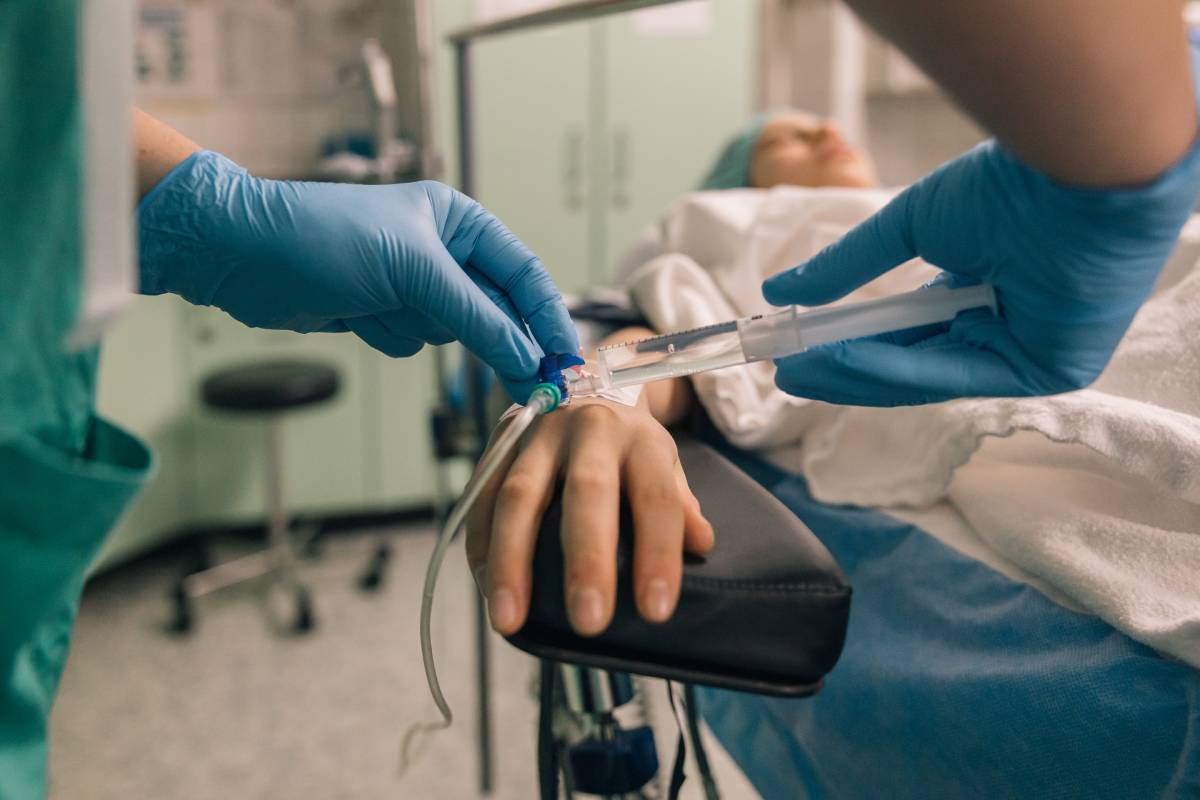While most clinical settings rely heavily on intravenous, inhalational, and regional anesthesia, anesthesiology also includes a number of less common routes that, though rarely used, serve specific and sometimes critical purposes. These unconventional methods may be used in unique patient scenarios, low-resource settings, or highly specialized procedures. Understanding these uncommon routes of administering anesthesia broadens the clinical perspective and highlights the adaptability of modern anesthetic practice.
Intranasal anesthesia is primarily used in pediatric populations or in cases where venous access is difficult or undesirable. This route provides a non-invasive and rapid means of achieving moderate sedation. The nasal mucosa allows for quick systemic absorption due to its rich vascular supply, bypassing the gastrointestinal tract and first-pass metabolism. Its use remains limited to short procedures or preoperative anxiolysis because of variability in absorption and dosing precision 1,2.
Rectal administration of anesthetic agents is rarely used in modern practice but can be a viable alternative in some pediatric patients or when intravenous access is unavailable. While its popularity has diminished significantly with the development of less invasive and more controllable routes, it remains part of the anesthesiologist’s toolkit. Dosing can be inconsistent, and onset is slower compared to intravenous or intramuscular administration 3,4.
The intraosseous route, typically associated with emergency medicine and pediatric resuscitation, may be used to administer anesthetic agents when intravenous access cannot be quickly established. Intraosseous access involves inserting a needle directly into the bone marrow cavity. Once vascular access is confirmed, drugs can be administered with similar efficacy to intravenous routes. While rarely used for anesthesia, it can be lifesaving in critical care settings where speed and reliability matter most 5,6.
Subcutaneous and intradermal injections of local anesthetics are more common in dermatological and minor surgical procedures, but they are very limited in scope when it comes to deeper or more invasive surgeries. These methods are sometimes used in conjunction with topical or regional anesthesia to increase patient comfort at needle insertion sites. Their main value lies in providing highly localized analgesia with minimal systemic effects, which makes them appropriate only for specific, small-area interventions 7–9.
Administering anesthetics or adjunct drugs via the trachea or tongue muscles is exceedingly rare and typically limited to animal studies or extreme emergency settings. These approaches are indeed not part of routine anesthesia care and remain, in general, reserved for last-resort scenarios 10,11.
While modern anesthesia practice overwhelmingly relies on intravenous and inhalational routes, uncommon and lesser-known methods of administration continue to play a role in niche clinical scenarios. Whether due to patient-specific constraints, emergency conditions, or limited access to resources, these alternative routes remind us of the ingenuity and adaptability required in anesthesiology. As technology and techniques evolve, awareness of all possible administration routes ensures anesthesiologists can provide safe and effective care across diverse and unpredictable situations.
References
1. Pansini, V. et al. Intranasal drugs for analgesia and sedation in children admitted to pediatric emergency department: a narrative review. Ann Transl Med 9, 189 (2021). DOI: 10.21037/atm-20-5177
2. Parida, S. & Senthilnathan, M. Administration of paediatric intranasal sedation: Need for appropriate formulation & equipment for dispensation. The Indian Journal of Medical Research 157, 96 (2023). DOI: 10.4103/ijmr.ijmr_847_22
3. Ceriana, P. & Maurelli, M. [Rectal administration of anesthetic agents]. Minerva Anestesiol 61, 219–228 (1995).
4. Jantzen, J. P. & Diehl, P. [Rectal administration of drugs. Fundamentals and applications in anesthesia]. Anaesthesist 40, 251–261 (1991).
5. Dornhofer, P. & Kellar, J. Z. Intraosseous Vascular Access. in StatPearls (StatPearls Publishing, Treasure Island (FL), 2025).
6. Intraosseous Access – OpenAnesthesia. https://www.openanesthesia.org/keywords/intraosseous-access/.
7. Usach, I., Martinez, R., Festini, T. & Peris, J.-E. Subcutaneous Injection of Drugs: Literature Review of Factors Influencing Pain Sensation at the Injection Site. Adv Ther 36, 2986–2996 (2019). DOI: 10.1007/s12325-019-01101-6
8. Kim, J. & De Jesus, O. Medication Routes of Administration. in StatPearls (StatPearls Publishing, Treasure Island (FL), 2025).
9. Rzhevskiy, A. et al. Intradermal injection of lidocaine with a microneedle device to provide rapid local anaesthesia for peripheral intravenous cannulation: A randomised open-label placebo-controlled clinical trial. PLoS One 17, e0261641 (2022). DOI: 10.1371/journal.pone.0261641
10. Tovell, R. M. Intratracheal Anesthesia.*. Anesthesia & Analgesia 10, 97 (1931).
11. Goudra, B. G., Penugonda, L. C. & Sinha, A. C. Intra-lingual succinylcholine for the treatment of adult laryngospasm in the absence of IV access. J Anaesthesiol Clin Pharmacol 29, 426–427 (2013). DOI: 10.4103/0970-9185.117102
